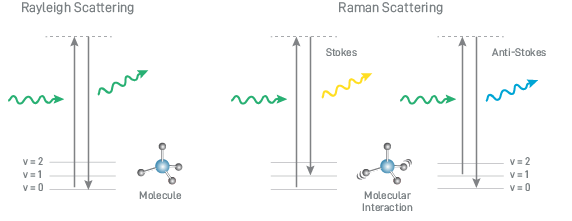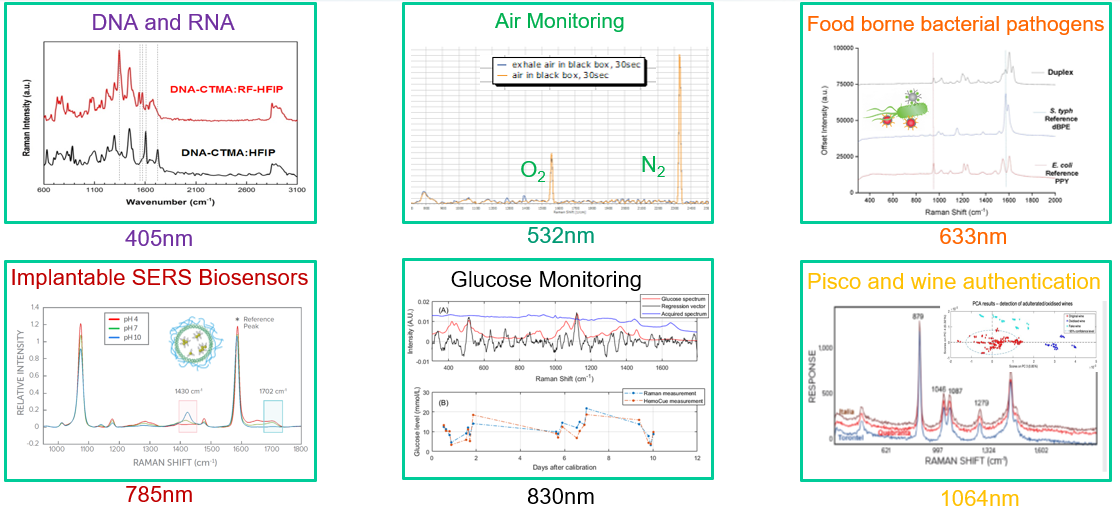A highly sensitive spectroscopic solution is required to acquire a detailed knowledge of the purity, chemical fingerprint, or composition of a sample. Raman spectroscopy is a non-destructive, powerful, non-contact method which can be used to achieve this.
It is ideal for comprehensive chemical identifications of different sample types and is especially useful for applications where sample consumption during testing would be particularly costly, or where water interference deems NIR impractical.

Image Credit: Wasatch Photonics, Inc.
Since the onset of compact or handheld systems which utilize laser modules and integrated detectors to gather Raman spectra on the go, the field of Raman spectroscopy has opened up extensively.
Users now have the choice between semi-integrated or fully-integrated spectrometers, fully-modular Raman systems, OEM modules, and proprietary portable devices and they have to decide which Raman spectrometer is suitable for their application. Some of the basics of Raman spectroscopy are described in more detail below.
Raman Spectroscopy 101: What You Need to Know
High intensity lasers may be reflected, absorbed, scattered or transmitted when light is incident on a sample. Raman spectroscopy is a light scattering method concerned with extremely weak signals scattered at different wavelengths to that of the incident beam.
The energy and intensity of Raman scattering is conveyed as a series of peaks that correspond to specific molecular subgroups. Individual chemical bonds have characteristic vibrations, which is how Raman scattering can be utilized to probe the phase and chemical identity of such a large scope of sample types.

Image Credit: Wasatch Photonics, Inc.
Raman spectroscopy is carried out by employing a high-power laser to excite a molecule and looking at the shifted spectrum of light which is scattered back. Molecules scatter incident light without effect (Rayleigh scattering) in the majority of instances.
However, before being scattered, sometimes the light interacts with one of the vibrations in the molecule and the photon subsequently loses (or gains) a portion of its energy. The light scattered will be of a different wavelength to that which is incident on the molecule because of this.
This shift in photon energy is the same as the molecule’s specific vibrational frequency, which is subsequently characteristic of the compound. Accurate chemical identification of the compound in question is supplied by measuring the ‘fingerprint’ of shifts from many such photons interacting with the various possible stretches, vibrations, and bends within the molecule.

Image Credit: Wasatch Photonics, Inc.
Numerous other factors can affect the quality of a Raman spectrum; these include fluorescence background, excitation wavelength and the influence of laser power. For the purposes of this simple introduction, it is enough to note that Raman spectroscopy demands high stability monochromatic laser sources and high-sensitivity, low noise optics, which can acquire spectra with good resolution quickly.
Raman Systems from Wasatch Photonics
The high-end benchtop Raman spectrometer is no longer the ultimate in chemical screening for different applications in today’s world of constant innovation.
Wasatch Photonics has used their extensive expertise in precision optics and applied it to the field of Raman spectroscopy to provide a variety of solutions, with sensitivity which is near to that of much larger, more expensive benchtop systems for the fast acquisition of high-quality Raman spectra.
They have also leveraged that technical know-how with a product focus to provide a number of different system configurations to suit specific user requirements:
- Fully-Integrated Raman System: Fully self-contained unit with integrated sampling optics for the best software control and signal strength in a compact footprint.
- Semi-Integrated Raman System: A self-contained Raman spectrometer and laser unit with fiber-optic connections to an external probe for flexibility in a streamlined, cost-effective footprint.
- Modular Raman System: For maximum reconfigurability and sample types, fiber optic connections link a portable spectrometer to an independent laser and probe.


This information has been sourced, reviewed and adapted from materials provided by Wasatch Photonics, Inc.
For more information on this source, please visit Wasatch Photonics, Inc.